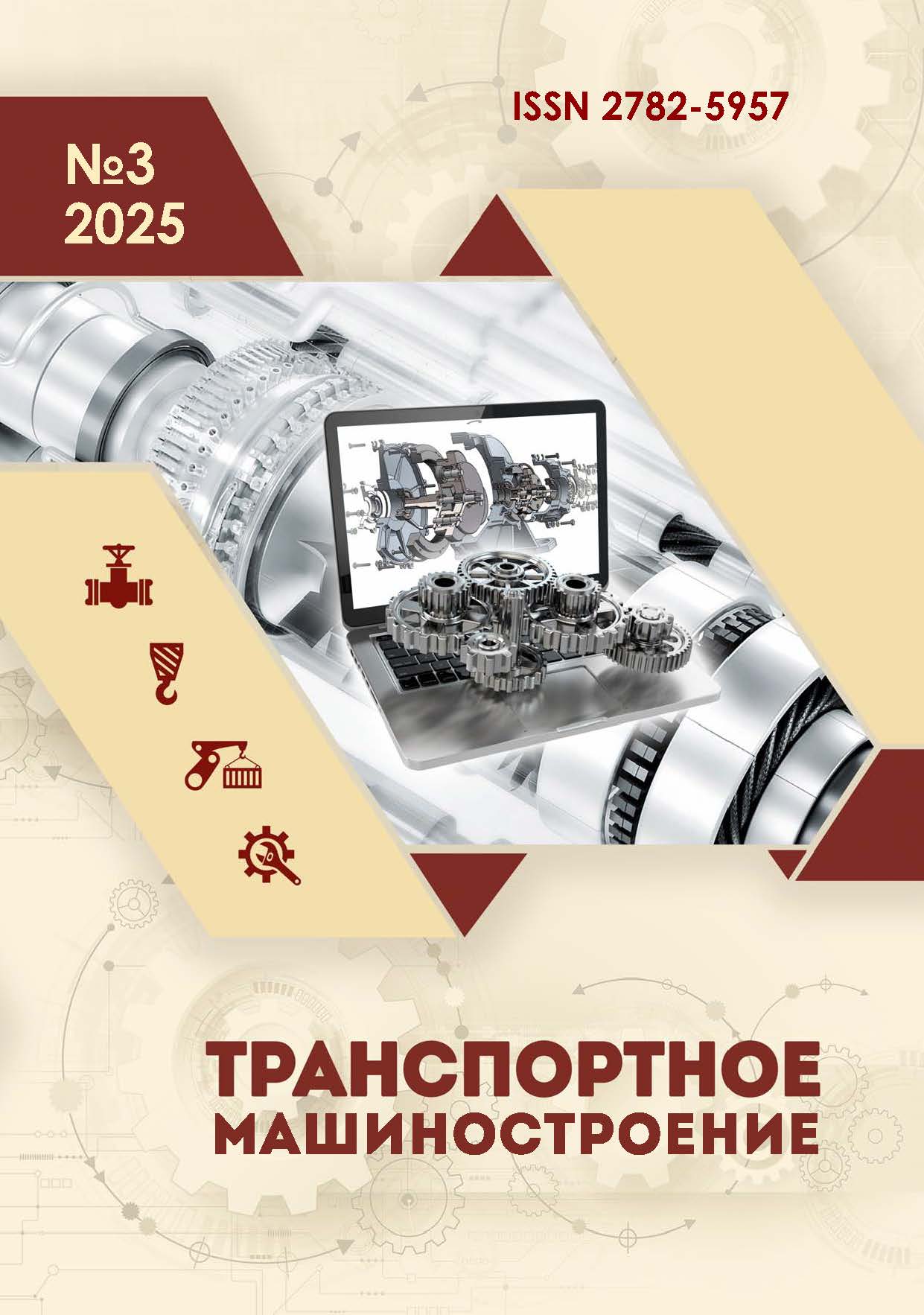employee
Bryansk, Bryansk, Russian Federation
employee
Bryansk, Bryansk, Russian Federation
employee
Bryansk, Bryansk, Russian Federation
employee
Bryansk, Bryansk, Russian Federation
graduate student
Bryansk, Bryansk, Russian Federation
UDK 629.4.015 Механика и динамика подвижного состава. Взаимодействие со средой
BBK 392 Железнодорожный транспорт
The analysis of existing mass-produced absorbing devices of the world railway rolling stocks is carried out. It is found out that all existing friction absorbing devices can be divided according to the case type and the supporting and return device. The paper presents a mathematical model of friction absorbing devices of hexagonal and plate type. The difference of mathematical models from each other is given. The existing mass-produced elastomeric absorbing devices are analyzed. It is found out that all elastomeric absorbing devices can be divided into two types: with three chambers (expansion, compression and constant volume) and two chambers (expansion and compression). The paper provides detailed descriptions of mathematical models of elastomeric absorbing devices without reference to specific models. The difference between mathematical models of elastomeric absorbing devices with three and two chambers is shown.
absorbing device, mathematical model, classification, cargo, trains
1. Wagner S, Cole C, Spiryagin M. A review on design and testing methodologies of modern freight train draft gear systemRailway Engineering Science. 2021. DOIhttps://doi.org/10.1007/s40534-021-00237-y.
2. Boldyrev AP, Keglin BG, Ivanov AV. Development and research of PMKP-110 class T1 friction and polymer absorbing device. Vestnik VNIIZHT. 2005;4:8.
3. Boldyrev AP, Keglin BG, Fatkov EA, Shlyushenkov AP. Historical aspects of founding and developing the Department of Dynamics and Strength of Machines. Bulletin of Bryansk State Technical University. 2007;4(16):4-9.
4. Koturanov VA. Substantiation of indicators characterizing the innovative design of absorbing coupling devices in conditions of shunting collisions [dissertation]. [Moscow (RF)]; 2014.
5. Keglin BG, Boldyrev AP, Vasilyev AS, Gurov AM. Freight cars - modern absorbing devices. Vagoni I Vagonnoe Khozyistvo [Cars and Car Facilities]. 2014;4(40):20-21.






